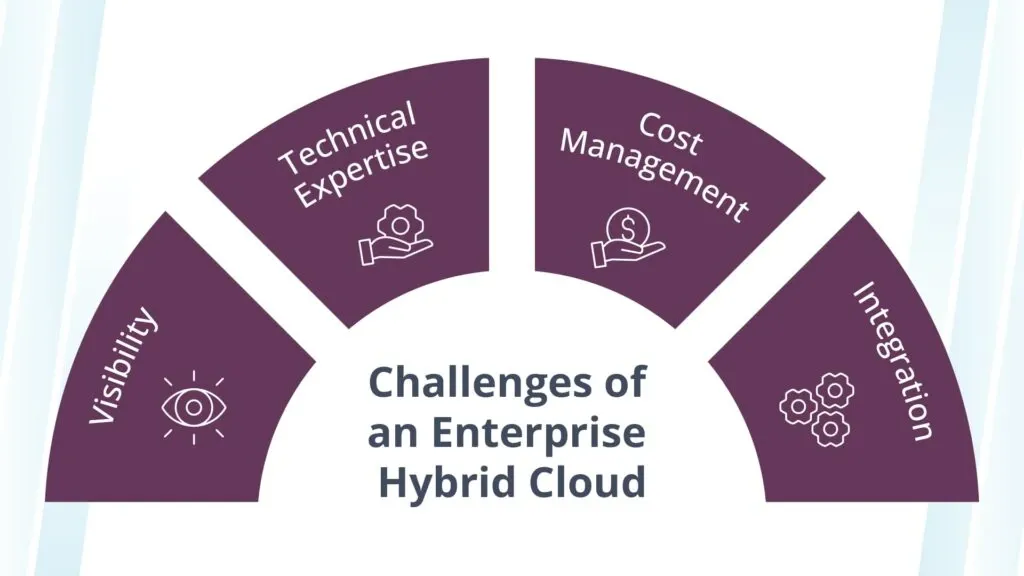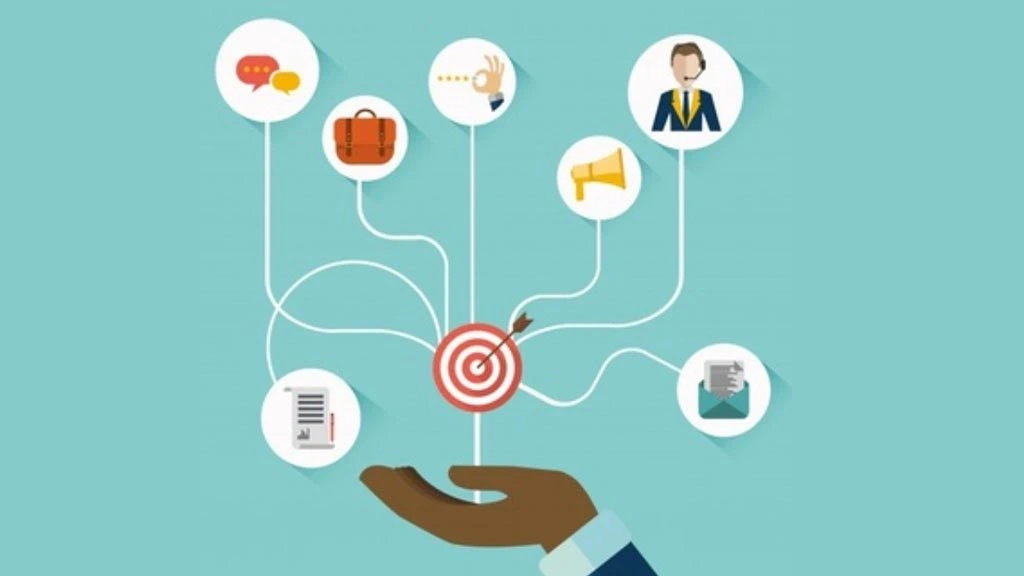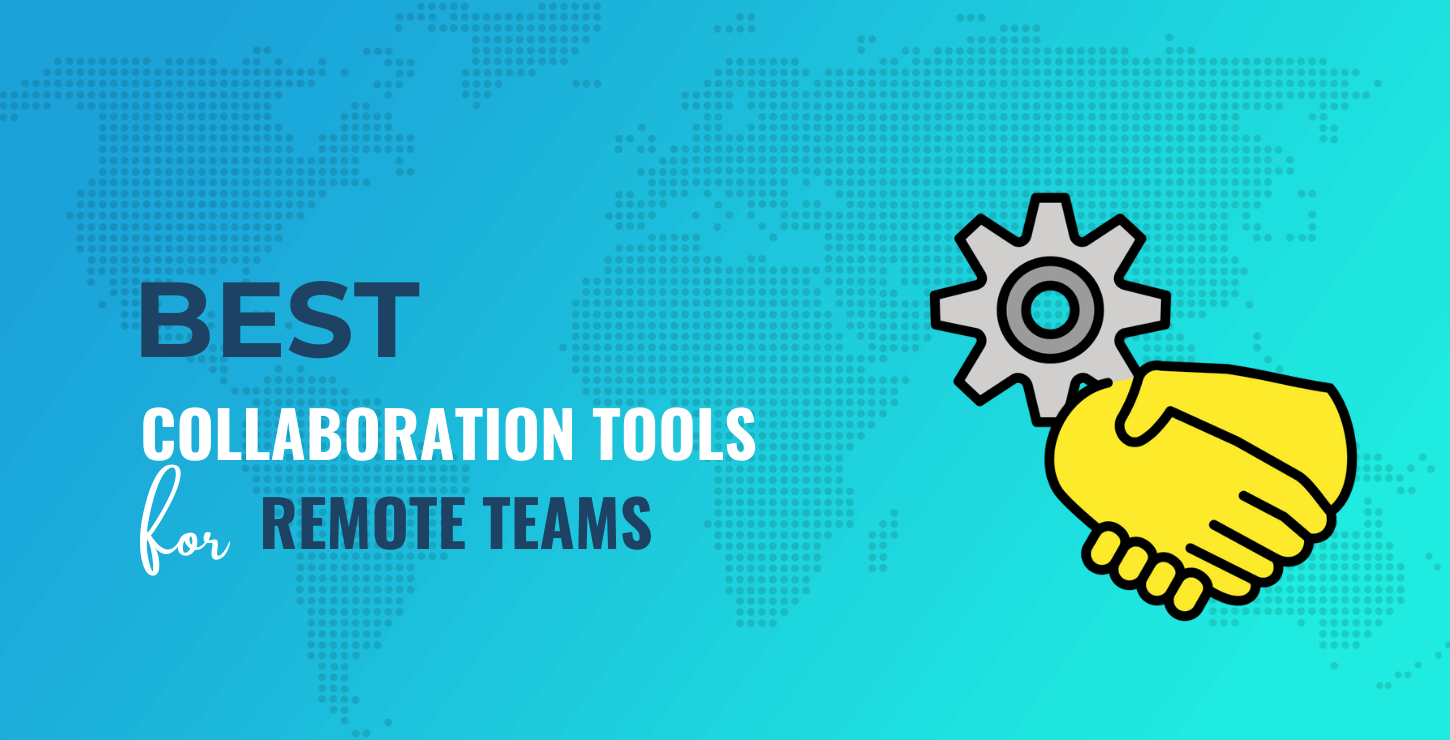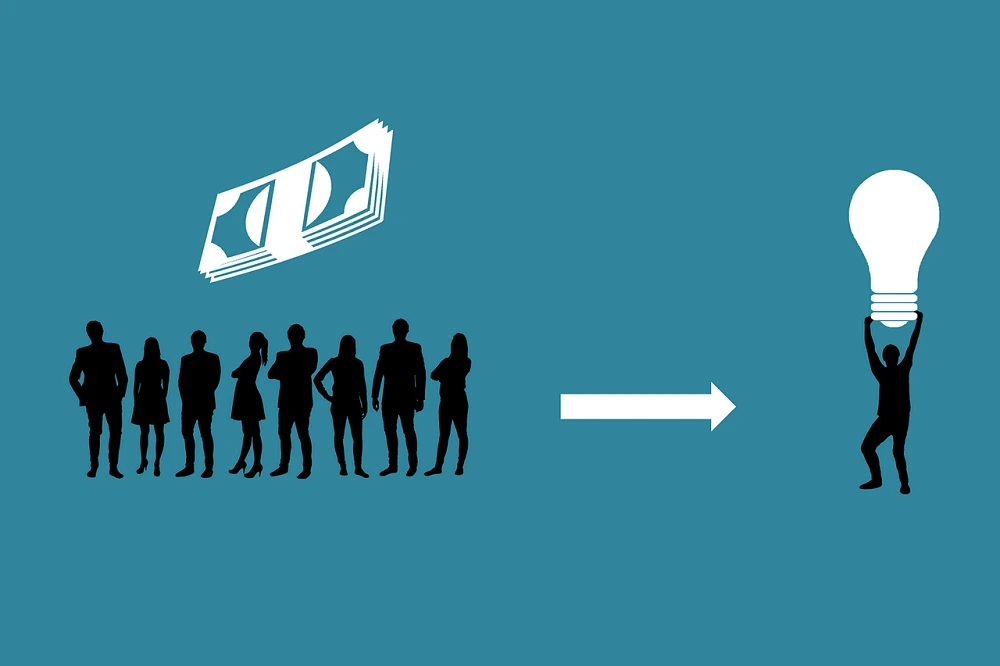Enterprises need to embrace resilient and scalable business models in order to maintain their competitive edge, generate innovation, and achieve sustainable development in today's fast-paced and constantly changing business landscape. When it comes to creating, delivering, and capturing value, an enterprise business model is what determines how a company operates. It comprises the operational procedures, income sources, and business strategies that make it possible for a firm to flourish within its industry.
Within the scope of this blog, we will investigate some of the most prosperous instances of enterprise business models implemented across a variety of sectors. Not only do these models bring attention to the number of different techniques, but they also offer insightful information to companies who are wanting to improve their tactical tactics.
1. Subscription-Based Model
In recent years, the model that is based on subscriptions has seen a tremendous surge in popularity, notably in the businesses that deal with software, media, and online shopping. Within the context of this business model, clients are charged a recurrent price (either monthly or yearly) in exchange for access to a product or service.
Salesforce is an example.
When it comes to customer relationship management (CRM) software that is hosted on the cloud, Salesforce is the industry leader. Customers are required to pay a recurrent cost in order to have access to the company's array of tools for customer care, marketing, and sales. The use of this strategy helps businesses cultivate long-term connections with customers and assures dependable revenue streams.
Read also: Best Enterprise Blockchain Solutions for Businesses
Why It Works:
-
Recurring revenue provides financial stability.
-
Encourages continuous product improvement to retain subscribers.
-
Scalable and adaptable to different customer segments.
2. Freemium Model
Freemium is a business model that provides fundamental services at no cost while charging for more advanced capabilities. This strategy is especially useful for software and digital services since it gives customers the opportunity to try out the product before they commit to making a purchase.
Example: Slack
Free versions of Slack, a platform for team collaboration, are available, although they have less functionality than paid versions. It is possible for users to upgrade to subscription plans in order to have access to more sophisticated features, such as additional storage and integrations. Slack is able to acquire a huge user base and convert free users into paying clients with the assistance of this modeling strategy.
Why It Works:
-
Low barrier to entry encourages widespread adoption.
-
Free users act as brand advocates, driving organic growth.
-
Premium features cater to power users willing to pay for added value.
3. Platform-Based Model
The creation of value is accomplished by platform-based models through the facilitation of interactions between two or more user groups, such as buyers and sellers or service providers and potential customers. These platforms frequently make advantage of network effects, which are characterized by a rise in the value of the platform as more users join.
Example: Amazon
By acting as a marketplace that connects customers and sellers, Amazon functions as a two-sided marketplace. The site not only sells its own products, but it also gives third-party vendors the opportunity to market their wares on the platform. Amazon's revenue comes from a variety of sources, including advertising, sales commissions, and membership fees (via Amazon Prime).
Why It Works:
-
Scalable and capable of handling millions of users.
-
Generates multiple revenue streams (commissions, subscriptions, ads).
-
Network effects create a competitive moat.
4. Licensing Model
As part of the licensing model, authorization to use intellectual property, such as software, patents, or brand names, is granted in exchange for monetary compensation. The fashion industry, the entertainment industry, and the industrial industry all use this model frequently.
Example: Microsoft
Users and organizations alike can purchase licenses for Microsoft's Windows operating system and Office applications if they so want. As an alternative to selling the software directly, Microsoft charges licensing fees. This allows the company to maintain control over its intellectual property while also maintaining a consistent source of cash.
Why It Works:
-
Generates consistent revenue from existing products.
-
Protects intellectual property while expanding market reach.
-
Low marginal costs for additional licenses.
5. Direct-to-Consumer (DTC) Model
The DTC model eliminates intermediaries, allowing brands to sell directly to customers. This approach is particularly effective for companies looking to build strong customer relationships and control the entire customer experience.
Example: Warby Parker
Warby Parker, an eyewear company, bypasses traditional retail channels by selling directly to consumers online and through its own stores. This allows the company to offer high-quality products at lower prices while maintaining control over branding and customer engagement.
Why It Works:
-
Higher profit margins by cutting out middlemen.
-
Direct customer feedback drives product innovation.
-
Enhanced brand loyalty through personalized experiences.










